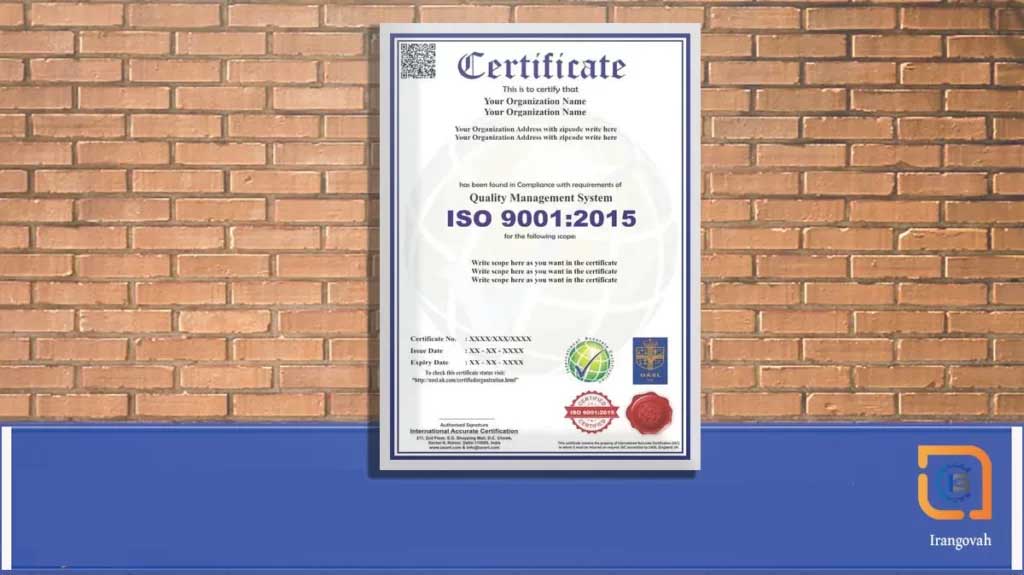ISO 50001 Certification: A Key Step towards Energy Efficiency and Cost Savings
ISO 50001 is a widely recognized international standard for energy management systems. It provides a framework for organizations to develop and implement an energy management system (EnMS) that can help them improve their energy efficiency, reduce costs, and enhance their environmental performance.

This article will provide an in-depth overview of the ISO 50001 standard, its benefits, and how organizations can implement and maintain it.
What is ISO 50001?
ISO 50001 is an internationally recognized standard developed by the International Organization for Standardization (ISO). It was first published in 2011 and has since become a widely adopted standard for energy management systems.
The standard provides a framework for organizations to establish, implement, maintain, and improve their energy management systems. This includes establishing energy policies, identifying energy targets, developing action plans, and measuring and monitoring energy performance.
ISO 50001 is based on the Plan-Do-Check-Act (PDCA) model and provides a systematic approach to managing energy performance. The standard is applicable to all types of organizations, regardless of their size, sector, or location.
Benefits of ISO 50001
There are several benefits to implementing ISO 50001, including:
- Improved energy efficiency: ISO 50001 provides a framework for organizations to identify energy savings opportunities and implement measures to improve their energy efficiency.
- Reduced costs: By improving energy efficiency, organizations can reduce their energy consumption and costs.
- Enhanced environmental performance: ISO 50001 can help organizations reduce their carbon footprint and other environmental impacts associated with energy consumption.
- Improved regulatory compliance: Implementing ISO 50001 can help organizations comply with energy-related regulations and standards.
- Enhanced reputation: ISO 50001 certification can enhance an organization’s reputation as a responsible and sustainable business.
Implementing ISO 50001
Implementing ISO 50001 requires a systematic and comprehensive approach. Here are the steps involved in implementing the standard:
- Establish an energy team: The first step is to establish a team responsible for developing and implementing the EnMS. The team should be composed of representatives from different departments and functions within the organization.
- Develop an energy policy: The energy team should develop an energy policy that outlines the organization’s commitment to energy management and sets out the framework for implementing the EnMS.
- Conduct an energy review: The energy team should conduct an energy review to identify the organization’s energy consumption, sources of energy, and energy savings opportunities.
- Establish energy targets: Based on the energy review, the energy team should establish energy targets that are specific, measurable, achievable, relevant, and time-bound (SMART).
- Develop an action plan: The energy team should develop an action plan that outlines the measures and activities required to achieve the energy targets.
- Implement the EnMS: The energy team should implement the EnMS by communicating the energy policy, providing training to employees, and establishing energy performance indicators.
- Monitor and measure energy performance: The energy team should measure and monitor energy performance to determine whether the organization is achieving its energy targets.
- Conduct regular reviews: The energy team should conduct regular reviews of the EnMS to ensure its continued effectiveness and identify opportunities for improvement.
Maintaining ISO 50001
Maintaining ISO 50001 (1) requires ongoing commitment and effort. Here are some key activities that organizations can undertake to maintain the EnMS:
- Conduct internal audits: Organizations should conduct internal audits of their EnMS to identify areas for improvement and ensure compliance with ISO50001.
- Continually improve energy performance: Organizations should continually improve their energy performance by identifying and implementing energy savings opportunities.
- Review energy targets: Organizations should review their energy targets regularly to ensure they remain relevant and achievable.
- Maintain employee engagement: Organizations should maintain employee engagement by providing opportunities for learning and development, offering career growth prospects, and providing a healthy and safe working environment. Engaged employees are more likely to work towards achieving organizational objectives and contribute to overall success. Organizations can also use ISO 26000 as a tool for engaging and involving employees in corporate social responsibility initiatives.
- Improve energy performance: One of the main benefits of ISO 50001 is its focus on energy performance. By implementing energy management systems, businesses can identify areas where energy efficiency can be improved and take steps to reduce energy consumption and costs. This not only benefits the environment but can also lead to significant cost savings for organizations.
- Meet legal and regulatory requirements: Adopting ISO 50001 can help organizations meet legal and regulatory requirements related to energy consumption and environmental performance. This can help organizations avoid penalties and fines, and ensure that they are operating within the boundaries of the law.
- Enhance supply chain management: Organizations that adopt ISO 50001 can also benefit from improved supply chain management. By requiring suppliers to adhere to energy management standards, organizations can ensure that their suppliers are also operating in an environmentally responsible manner. This can help organizations mitigate supply chain risks and build stronger relationships with suppliers.
- Increase stakeholder confidence: By adopting ISO 50001, organizations can demonstrate a commitment to environmental sustainability and social responsibility. This can increase stakeholder confidence in the organization, including customers, investors, and employees. It can also help organizations attract new customers and investors who are looking for environmentally responsible organizations to do business with.
- Drive innovation: Finally, ISO 50001 can drive innovation by encouraging organizations to find new and creative ways to reduce energy consumption and improve environmental performance. By setting energy reduction targets and implementing energy management systems, organizations can foster a culture of innovation and continuous improvement.
Conclusion
In conclusion, ISO 50001 is a valuable tool for organizations looking to improve their energy performance and environmental sustainability. By adopting ISO 50001, organizations can reduce energy consumption and costs, meet legal and regulatory requirements, enhance supply chain management, increase stakeholder confidence, and drive innovation. As energy costs continue to rise and environmental concerns become more pressing, organizations that adopt ISO 50001 will be better positioned to succeed in a rapidly changing business landscape.


